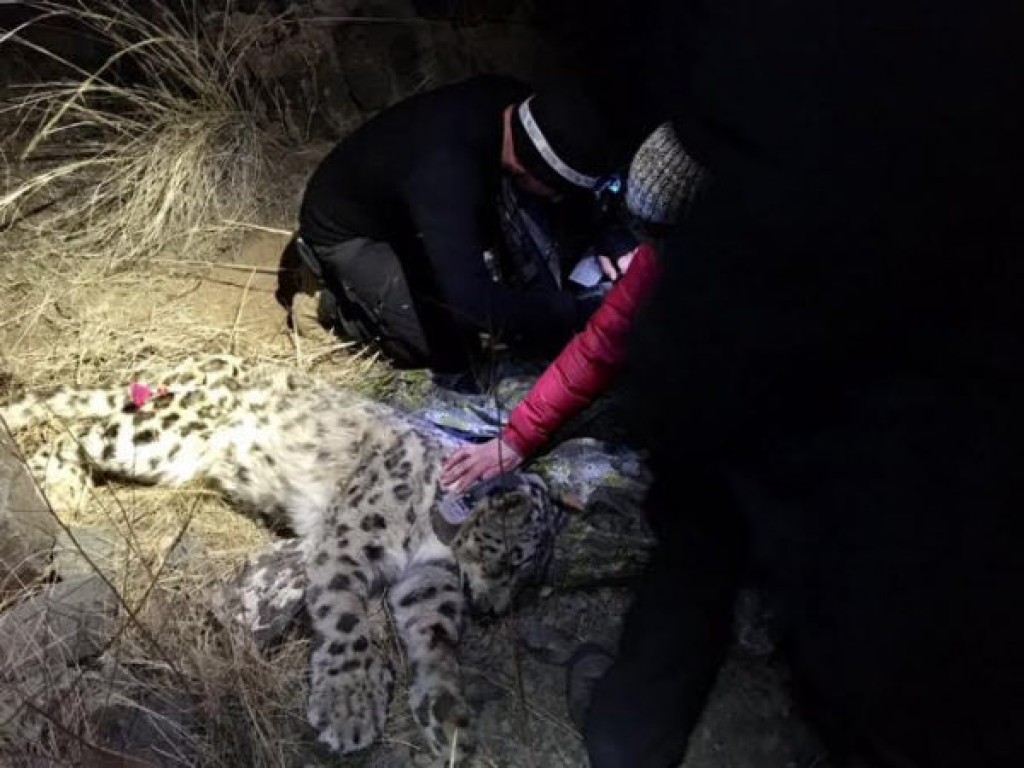Scientists successfully collar three more wild snow leopards in Mongolia

Three more snow leopards have been equipped with GPS collars in the Tost Nature Reserve in Mongolia’s South Gobi province.
Scientists successfully collar three more wild snow leopards in Mongolia. Three more snow leopards have been equipped with GPS collars in the Tost Nature Reserve in Mongolia’s South Gobi province. The 23 individual cats that have been collared as part of this study since its inception in 2008 make up nearly 50% of the currently available snow leopard GPS location data. This long-term study is being conducted by Snow Leopard Trust. ‘The collars are programmed to drop off in about 24 months. During this time, their positions will be relayed to a satellite every few hours, from where they’ll be downloaded securely to designated computers. This allows us to track and map how they use their habitat and perhaps interacts’, says Örjan Johansson, the Snow Leopard Trust’s Swedish biologist who led the recent expedition. The collars provide unprecedented data about the location and activity of the cats, which are regularly monitored by the scientists using a combination of GPS data monitoring and on-the-ground surveys to investigate how frequently they kill prey, and what type. In 2016 the team found that these cats use significantly larger areas than previously thought. According to their results, an average male snow leopard’s home range is 220 sq km, or 3.5 times the size of Manhattan. ‘We also found that nearly 40% of all protected areas in the snow leopard’s habitat are smaller than that and it’s pretty clear: protected areas alone can’t keep the snow leopard safe. We need to also partner with local communities and foster coexistence, through programs such as livestock insurance, or building better corrals’ says Örjan Johansson. The Snow Leopard Trust’s ongoing long-term study in Mongolia is the world’s most comprehensive research initiative into the ecology and behavior of the elusive and endangered snow leopard.



Views: 1714
Tweet